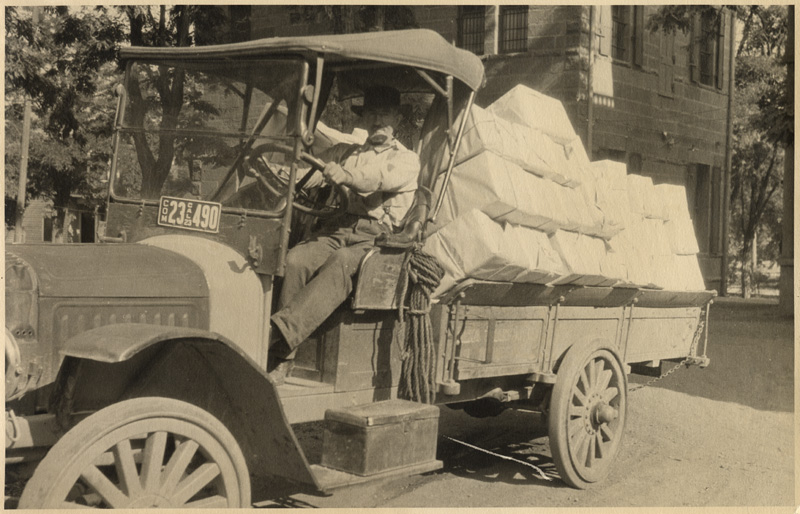In 1908, Sacramento becomes the first public library in the state to offer free access to all county residents. This is the beginning of California’s county library system, spearheaded by state librarian James Gillis. before the county library system there were only a few private and city libraries. Says Gillis in 1911:
“This [county library] system is designed to give library service to the people of the county as a unit: and its success, so far, has in every way justified its existence.”
By 1915, there are 23 county libraries and eventually every county in California has a public library.
However, a large part of California’s population lives on farms, in high country logging camps and in desert mining settlements. Transportation to major towns to visit a library is a hardship for many people.
Undaunted, librarians saddle up, fasten on skis, pilot pick-ups and even use dog sleds to deliver books to rural residents.
Winter conditions and rugged mountain terrain in Siskiyou County don”t keep library staff from delivering books to snow-bound readers.
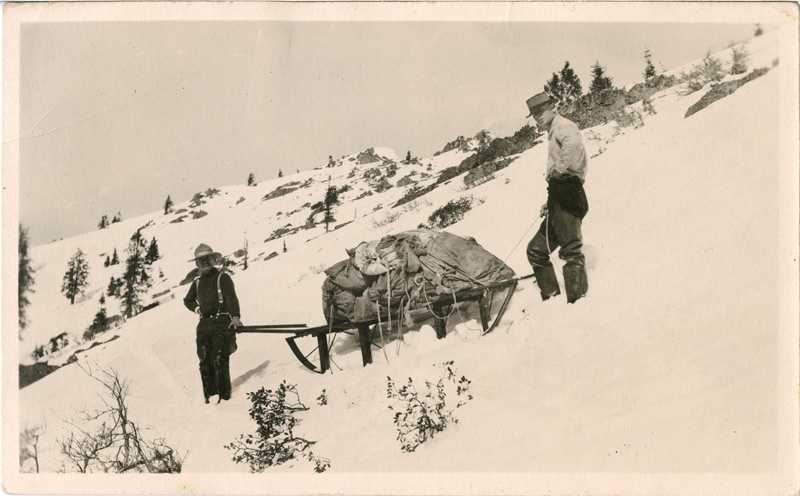
California State Library
Fresno County Free Public Library staff use a dog sled in the early 1900s to reach readers in the mountainous areas of the county.
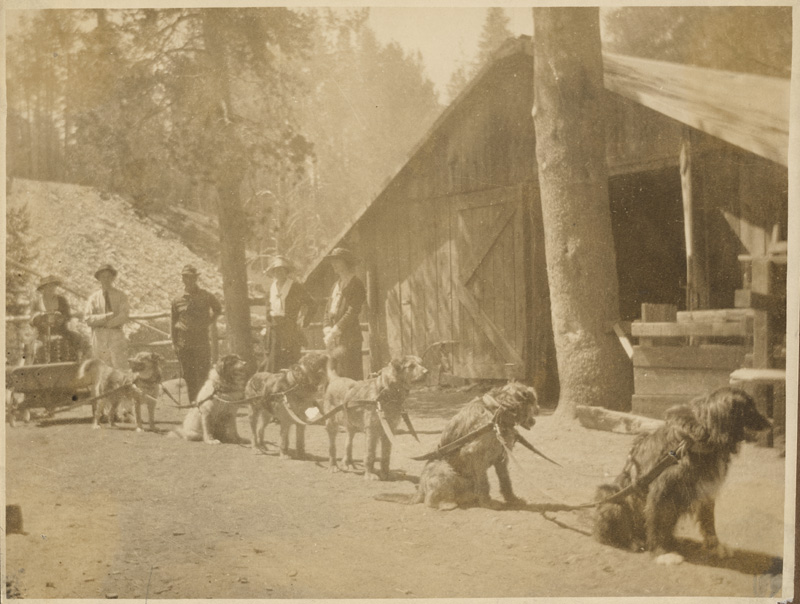
California State Library.
Librarian Anne Hadden plays a critical role in developing Monterey County’s library system, establishing 126 branches — sometimes on foot, sometimes on horseback — during her 16 years as county librarian. The Monterey County Library System’s mascot, “Monty” is a mule like the one Hadden rode to deliver books to remote Big Sur residents.
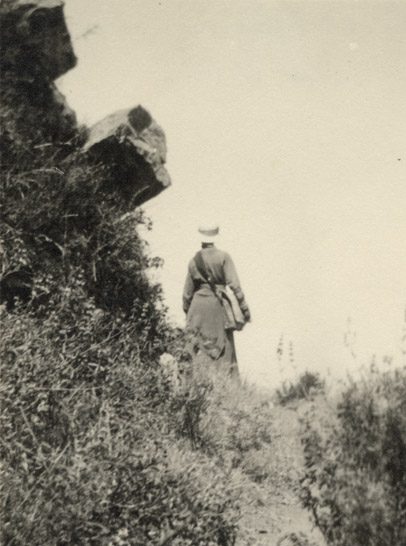
Ann Hadden, Monterey County’s first librarian, 1916. California State Library 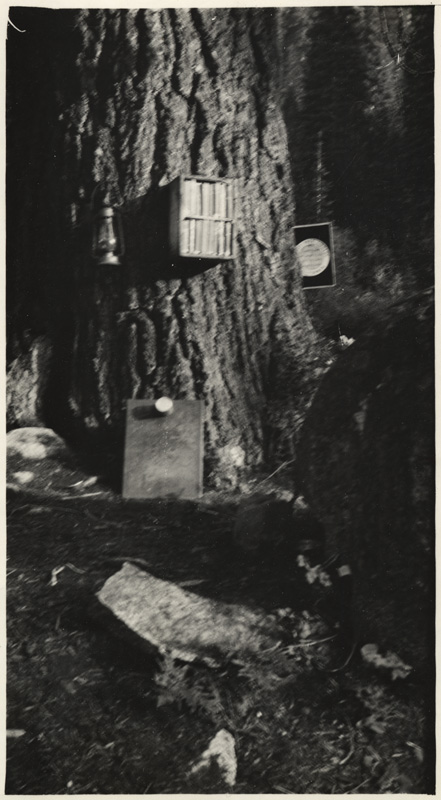
TNT Powder Box Branch, Siskiyou County Library, Finley Camp, 1922. California State Library
One of the most unusual branch libraries in California is a TNT box nailed to a tree, filled with books and covered with the top of an old stove. In the photo above, the stove top rests against the tree’s base. The TNT Powder Box Branch of the Siskiyou County Library is located 6,500 feet above sea level in the Salmon Mountains and was created to provide library books to forest rangers.
TOP PHOTO: Siskiyou Free County Library book delivery truck, 1923. California State Library
